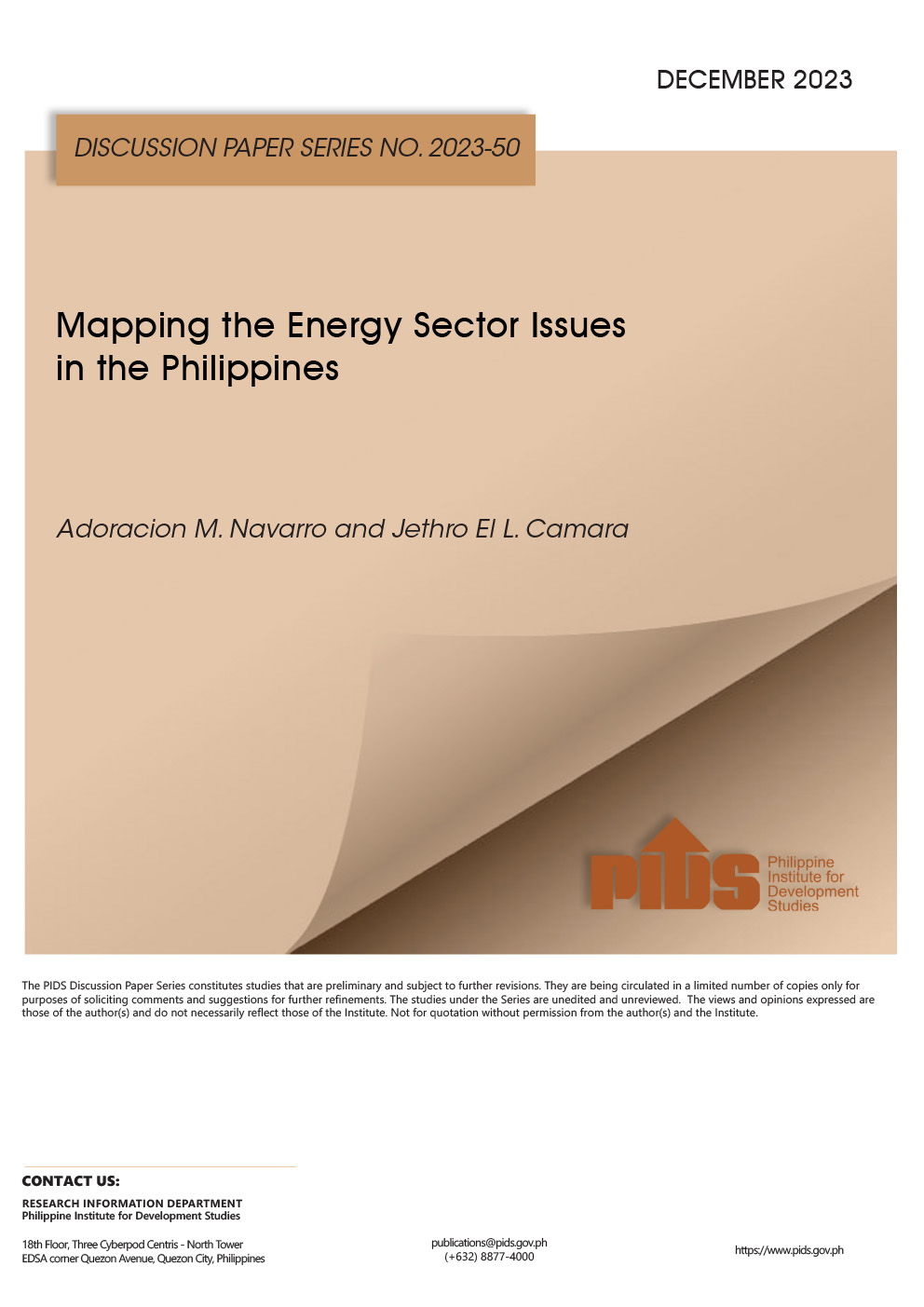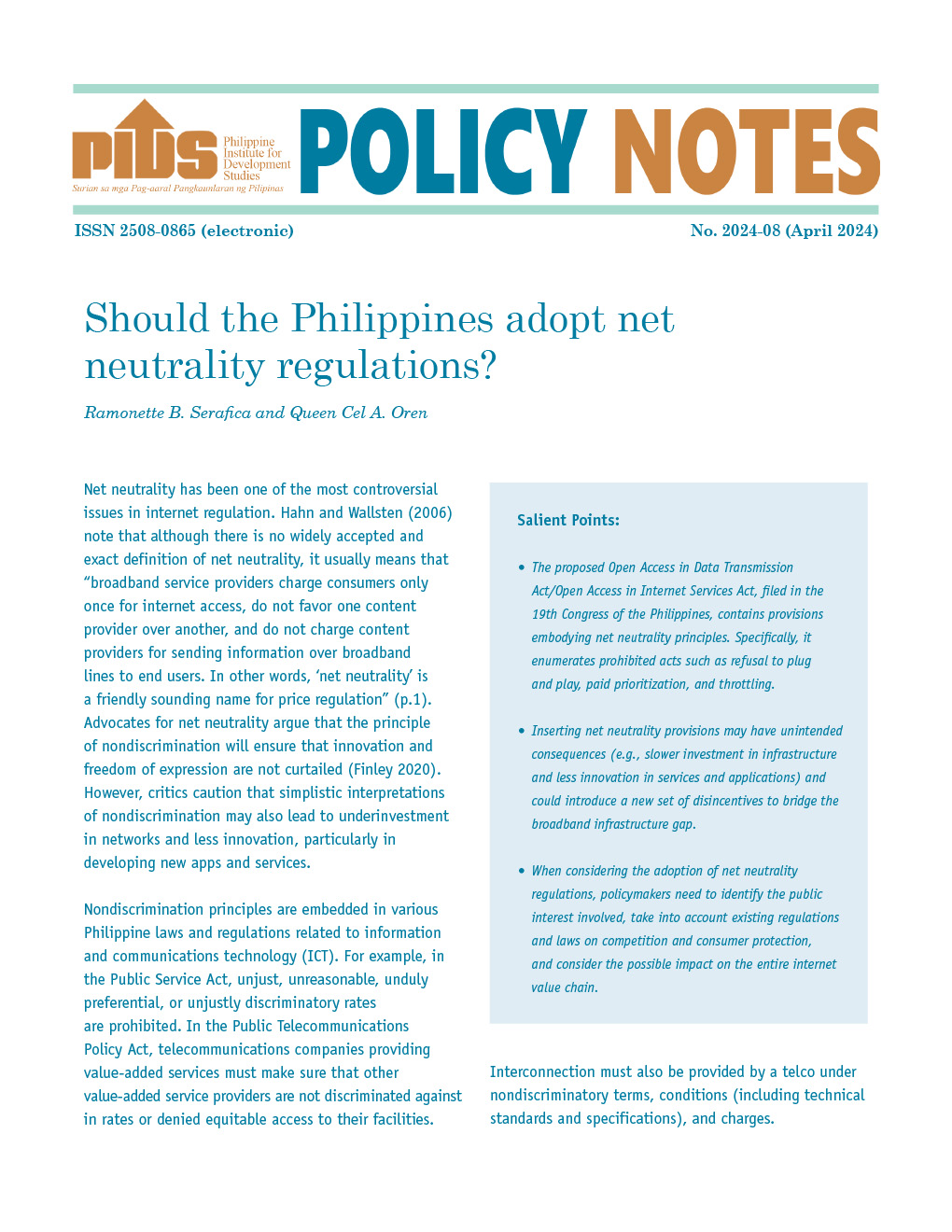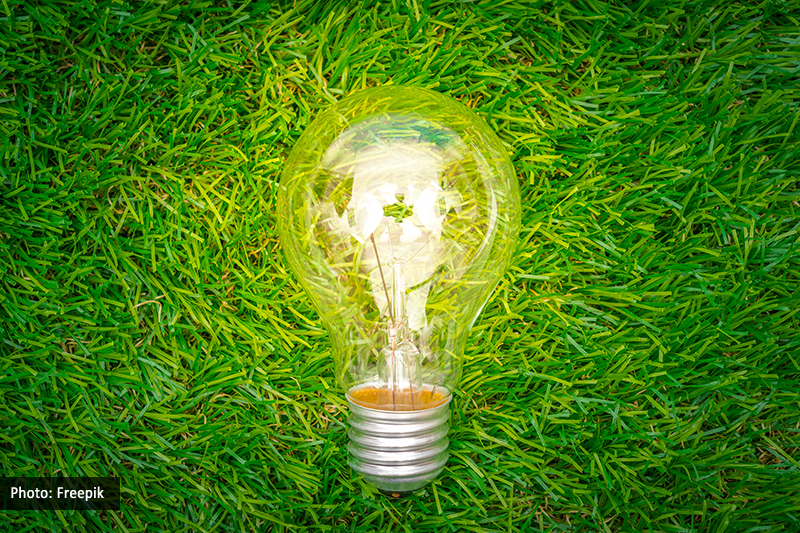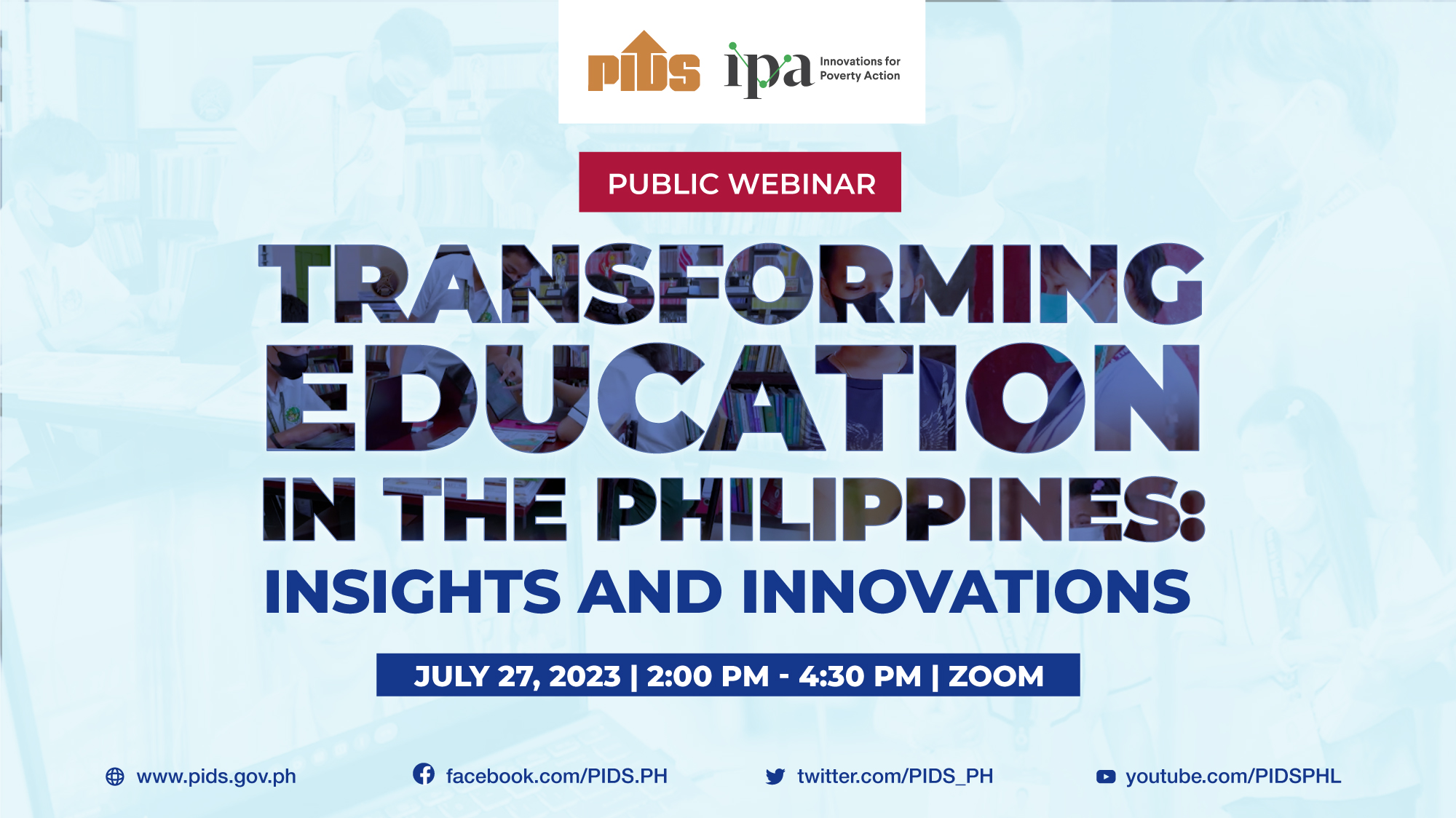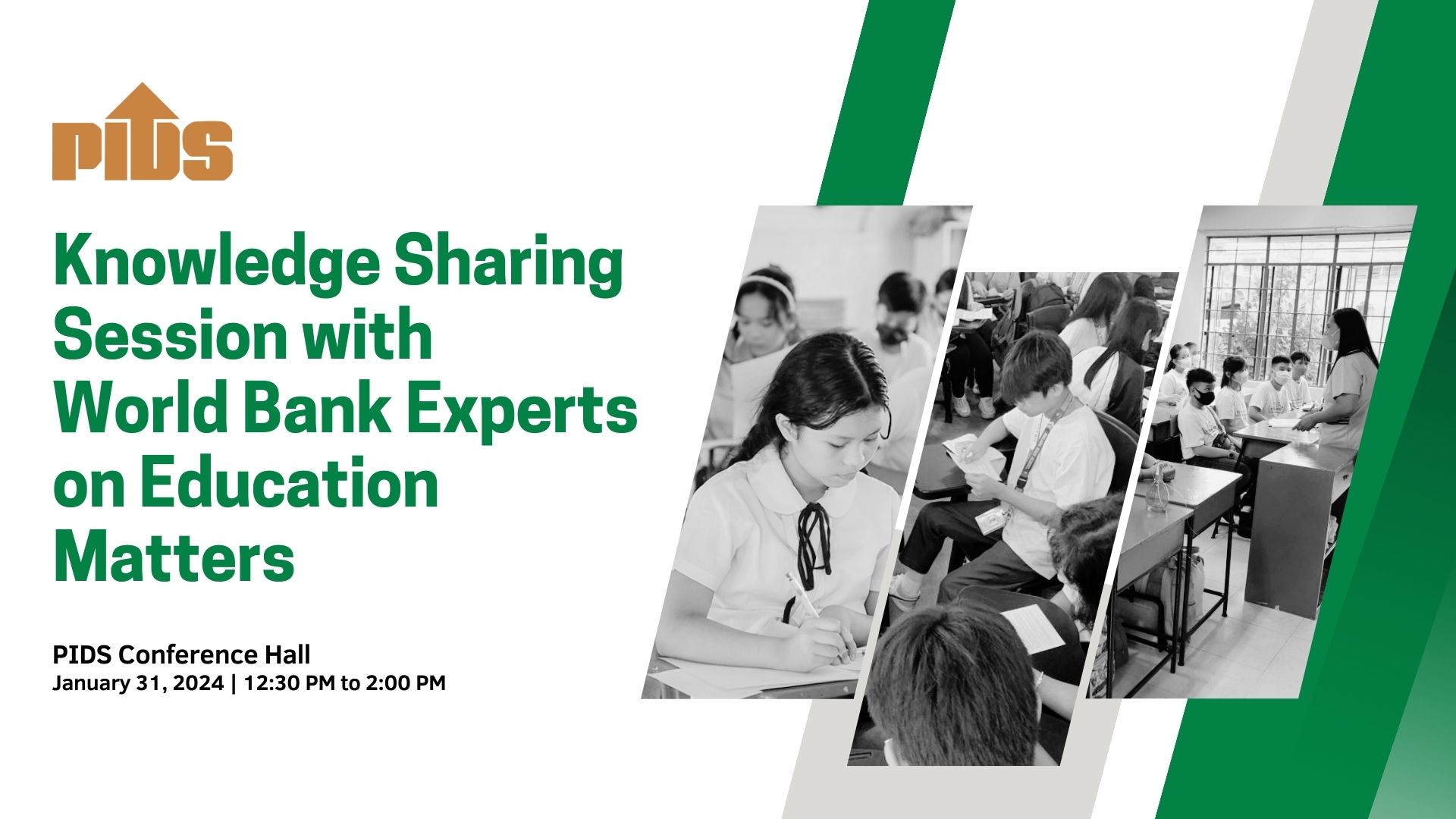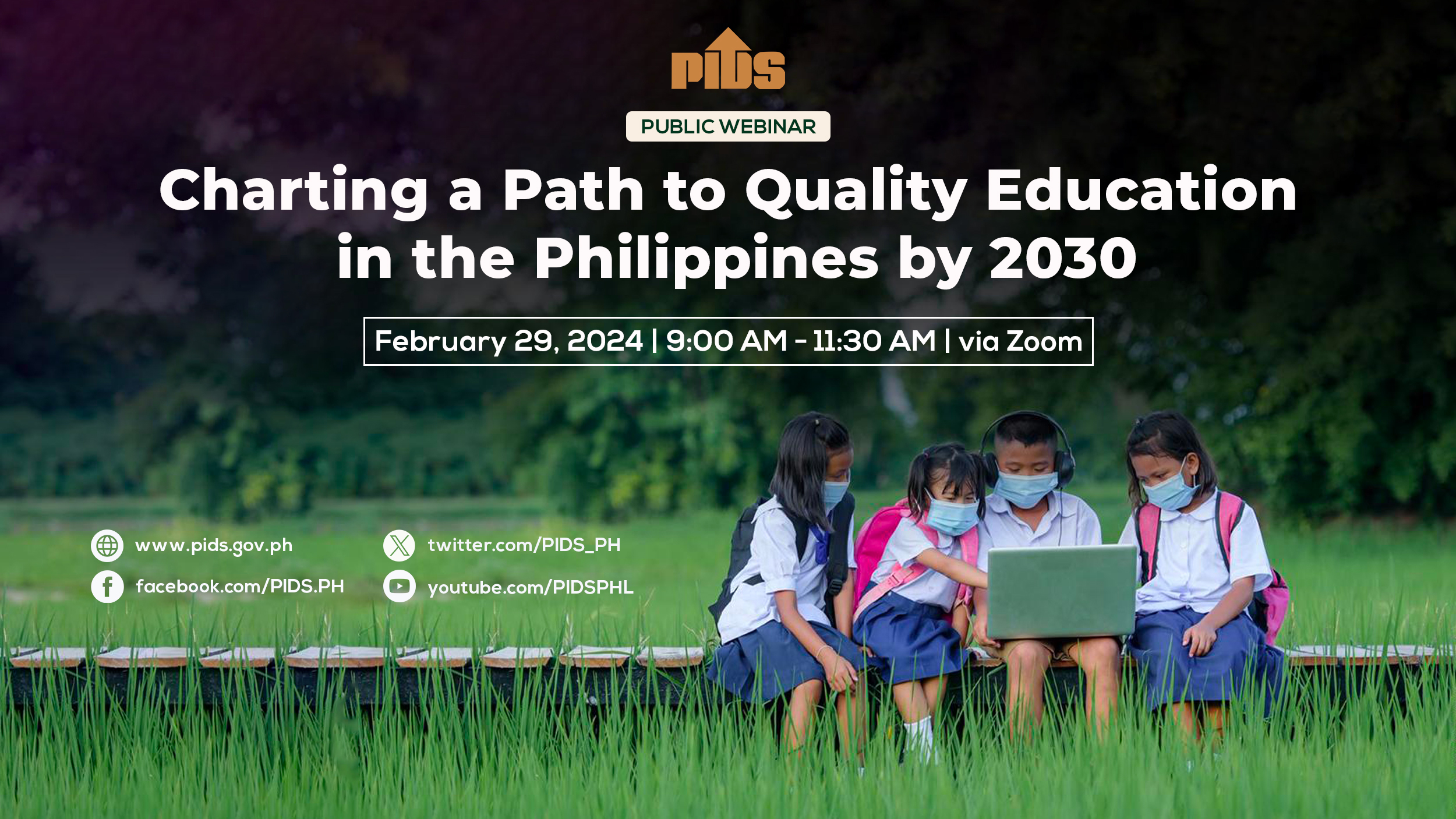SOONER or later, in-person classes will resume. The COVID-19 pandemic highlighted areas that must be addressed, including good ventilation, improved water, sanitation and hygiene (WASH) facilities to support disinfection and disease transmission prevention, and adequate information and communications technology (ICT) infrastructure to help adapt to new modes of learning.
A recent study by state think tank Philippine Institute for Development Studies assessed the adequacy of school infrastructure in the basic education sector in terms of the adequacy of classrooms; access to WASH facilities; electricity access; and ICT access. It found gaps, highlighting the need for more investments.
While there had been progress in decongesting schools at the national level, spatial inequality in regional classroom-student ratios still exists. Recent data from the Department of Education (DepEd) showed that classroom-student ratios for various levels in the National Capital Region, Region IV-A, Region XI, and the Bangsamoro Autonomous Region in Muslim Mindanao are higher than the 1:40 classroom-student target ratio set by the Philippine Development Plan 2017-2022. This indicated classroom congestion in these regions.
As for WASH facilities, the country lagged behind its neighboring countries and Southeast Asian countries with lower per capita income such as Myanmar, Cambodia, and Timor-Leste. There is no readily available data on countries’ annual expenditure for WASH facilities but the results suggest that the Philippines has not been investing enough in WASH facilities compared with its Southeast Asian peers that have lower per capita income.
The study also found that access to electricity in Philippine schools needs improvement. While other countries in the East and Southeast Asian regions have already achieved universal access to electricity, the Philippines still struggles to complete the electrification of schools. This challenge is compounded by the need to upgrade the electricity connections of schools to stabilize electricity current fluctuations and meet digital learning requirements, and this problem even exacerbates the digital divide in schools.
According to 2020 data from DepEd itself, 1,562 schools still had no electricity connection, and 39,335 schools needed upgrading of their electrical connections.
Gaps in ICT access, particularly in terms of unmet delivery targets for computer package — the focus of the ICT developmental objective in the Philippine basic education sector — were also found in the study. Philippine schools have low computer and internet access rates, unlike those in many neighboring countries which had already achieved universal access to computers and internet for their schools.
So what should be done to address these gaps?
The study mentioned the Special Education Fund as one source of funding for school infrastructure investment. Expanding its expense items coverage will engage more local government units to accelerate public sector investments on school infrastructure.
The government may also explore public-private partnerships to accelerate investments in school infrastructure. It cannot be overemphasized that both the public and private sectors must assume responsibility in improving the students’ learning environment through better and adequate school infrastructure.

